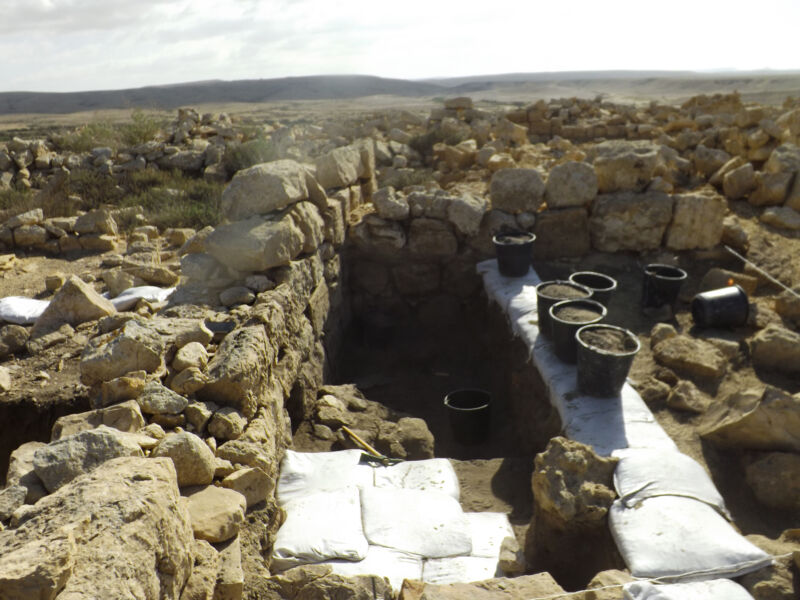Ancient trash heaps reveal the Plague of Justinian’s economic toll

Enlarge (credit: Guy Bar-Oz)
Ancient trash heaps recently yielded some clues about how the Plague of Justinian, part of a one-two punch with volcanic climate havoc, devastated commercial farming at the fringes of the Byzantine Empire in the 540s CE. They tell us a lot about the ancient Byzantine world, but they also suggest how archaeologists might someday unearth the story of the COVID-19 pandemic from the layers of stuff we're dumping into landfills in 2020.
Gaza wine and Byzantine pilgrimsFor thousands of years, people survived in Israel's arid Negev Highlands by farming enough grain to feed their families and enough grapes to make their own wine. But under the Byzantine Empire (which arose in 330 CE as a successor to the Roman Empire), the Negev flourished. Cities sprang up in the desert, fueled by a new export trade: grapes for the famous Gaza wine, a sweet white wine that ancient chroniclers raved about and which was in demand from Britain to Yemen.
Gaza wine tied the remote Negev into the international Mediterranean economy, and it turned scattered small subsistence farms into larger commercial enterprises supplied by irrigation systems and pigeon-poop fertilizer. For a couple of centuries, the Byzantine Empire's citizens paid well for a steady flow of Gaza wine, and the Empire built monasteries and sent religious pilgrimages to the Levant.
Read 19 remaining paragraphs | Comments